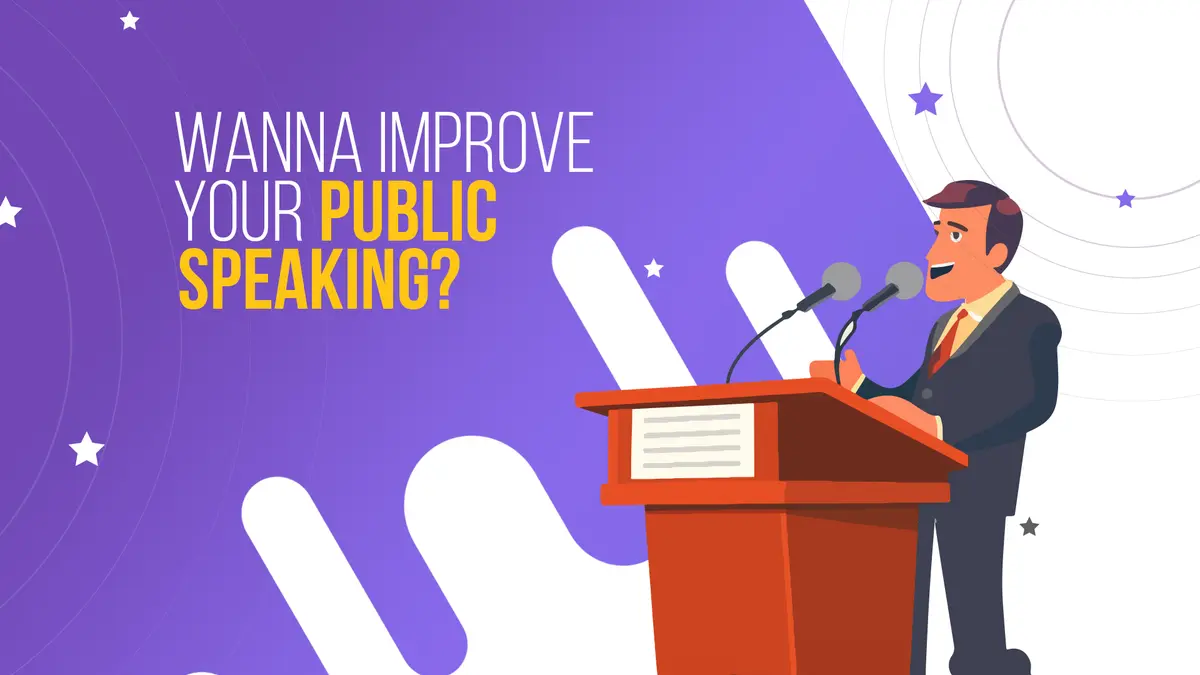Effective Practice Techniques for Fluency in Public Speaking




“The way we communicate with others and with ourselves ultimately determines the quality of our lives.” – Tony Robbins
Public speaking is often seen as a daunting task, whether you're a student preparing for a class presentation or an adult leading a business meeting. One of the keys to becoming an effective public speaker is fluency—being able to convey your message, confidently, and without unnecessary pauses. Fluency in public speaking is like muscle memory; the more you practice, the more natural it becomes.
In this blog, we’ll look into practical techniques to enhance your public speaking fluency, including speed reading tips, expert opinions, and visual aids like tables and pie charts to make your learning experience more engaging.
Fluency in public speaking involves speaking smoothly and at an appropriate pace, without stumbling over words or pausing awkwardly. It’s about delivering your message in a way that is both natural and engaging for your audience.
Component | Description |
Pace | The speed at which you speak |
Clarity | Pronouncing words clearly and correctly |
Confidence | Speaking without unnecessary hesitation |
Engagement | Keeping the audience interested and involved |
Speed reading is not just about reading quickly but also about comprehending and retaining the information. Improving your speed reading skills can enhance your ability to deliver content fluently because it trains your brain to process information faster.
Tips for Speed Reading
1. Preview the Material: Skim through the content to get a sense of the structure and key points.
2. Focus on Keywords: Train your eyes to pick up on essential words and phrases, skipping filler words.
3. Use a Pointer:Guide your reading with a finger or pen to maintain focus and pace.
4. Practice Regularly: Consistent practice will help you increase your reading speed over time.
a. Read Aloud Daily
Reading aloud is one of the simplest and most effective ways to improve fluency. Start with texts that interest you and gradually move on to more complex materials. This practice helps you get comfortable with pronunciation, pacing, and rhythm.
b. Record and Listen
Recording yourself while speaking allows you to hear your speech patterns, identify areas for improvement, and track your progress. Listening to the recordings helps you become aware of any filler words or awkward pause
c. Shadowing
Shadowing involves listening to a fluent speaker and then trying to mimic their speech. This technique helps you adopt their pacing, intonation, and articulation. It’s particularly useful when practicing with speeches or presentations.
d. Use Tongue Twisters
Tongue twisters are a fun way to improve your articulation and speech clarity. Practicing them regularly can enhance your ability to speak clearly and at a steady pace.
e. Practice with Flashcards
Use flashcards with key phrases or points from your speech. Practicing with these cards can help you deliver your message fluently without relying too much on notes.
4. Expert Opinions
According to Dr. Lisa Feldman Barrett, a neuroscientist and psychologist, “Public speaking fluency is not just about speaking quickly but about being able to modulate your speech in a way that keeps your audience engaged.” She suggests that practicing under various conditions—like different environments and with different audiences—can help solidify your fluency skills.
5. Information and Facts
- Did You Know? According to a study by the University of California, 75% of people experience speech anxiety, but regular practice can reduce this by up to 50%.
- Fact: Speed reading can increase your reading rate by 300%, which significantly contributes to your ability to process and deliver information fluently. To know the best techniques for clear speaking, read:
To know the best techniques for clear speaking, read: What are the best techniques for clear English speaking?
Start by speaking in front of a mirror, recording yourself, and engaging in online discussions or virtual presentations.
Techniques include previewing text, eliminating subvocalization, using a pointer, and chunking.
Practice deep breathing exercises, focus on your message, and gradually increase your exposure to public speaking situations.
Body language is crucial as it constitutes 55% of communication. It can reinforce your message and engage your audience.
Record your speeches, identify your filler words, and practice speaking slowly and deliberately.
While it's not necessary to memorize speeches verbatim, it's important to know your key points and structure. This allows for a more natural and engaging delivery.